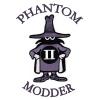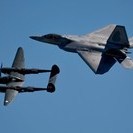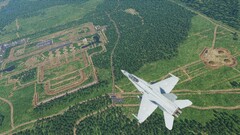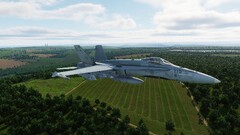- 2 replies
- 12,120 views
- Add Reply
- 0 replies
- 916 views
- Add Reply
- 0 replies
- 957 views
- Add Reply
- 14 replies
- 2,914 views
- Add Reply
- 0 replies
- 1,176 views
- Add Reply
- 15 replies
- 6,230 views
- Add Reply
Simulation Items from EAA Airventure 2010

By DWCAce,


Simulation Items from EAA Airventure 2010
By DWCAce
Two weeks ago I attended the annual EAA fly-in, Airventure, in Oshkosh, WI (KOSH). Being a first timer, I did my best to cover the sights 'n' sounds of this HUGE event. One that it includes is a major variety of vendors in the aviation (and not so aviation) industry. There were a few that have a hand in the simulation business, so I figured I'd see what they had.
Here's what I was able to try out:
Renegade Cloud Flyer Si
First GPS IIF satellite on station

By Erik,


First GPS IIF satellite on station
By Air Force News Agency on August 11, 2010
LOS ANGELES AIR FORCE BASE, Calif.: Officials from the Air Space Command's Global Positioning Systems Wing at the Space and Missile Systems Center here have announced the first GPS IIF satellite arrived on station Aug. 1. This indicates the satellite is in its designated orbital position and ready for its final phase of on-orbit checkout and testing, to be completed before September. The satellite then wi
U.K. Eyes Improved Counter-IED Capabilities

By Erik,
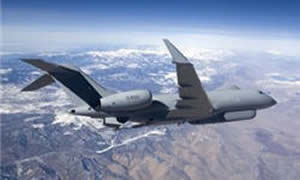

U.K. Eyes Improved Counter-IED Capabilities
By Robert Wall
London
The U.K.’s effort to upgrade the Astor ground-surveillance aircraft to enhance detection of improvised explosive devices (IED) is one in a series of equipment upgrades European militaries plan to bolster their military presence in Afghanistan.
The effort comes as the debate over the course ahead in Afghanistan continues in many European countries, signaled most starkly by the formal end of the D
MiG-35 stalls in Indian fighter tender contract

By Erik,
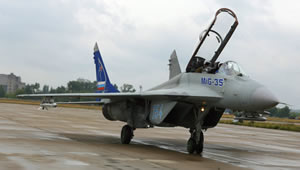

MiG-35 stalls in Indian fighter tender contract
10/08/2010 © RIA Novosti. Ilya Pitalev
Russia's MiG-35 multirole fighter aircraft has failed to make the short-list in a $10 billion international tender for 126 combat aircraft for the Indian air force, according to Indian media reports quoted by Kommersant daily.
The favorites to win the tender are the French Dassault Rafale and the Eurofighter Typhoon, Indian media say.
Russia's United Aircraft Corporation (UAC), the holding
Experimental Scramjet in First Flight

By Erik,


Lockheed Martin Hypersonic ATACMS Motor Boosts Experimental Scramjet in First Flight
DALLAS, TX and SACRAMENTO, CA, August 10th, 2010 -- Lockheed Martin [NYSE: LMT] announced today that its Army Tactical Missile System (ATACMS) rocket motor successfully boosted the experimental X-51A WaveRider beyond Mach 4.5, the speed at which a scramjet will start and begin to provide thrust. The successful boost helped the X-51 hypersonic scramjet engine to accelerate to a historic Mach 5, a first fo
Chinese fighter jets train over Tibet

By Erik,
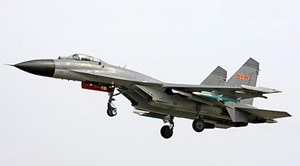

Chinese fighter jets train over Tibet
(TibetanReview.net, Aug08, 2010) J-11 planes, the most modern Chinese jet fighters said to be pirated copies of Russia’s Su-27, have for the first time been shown in training over the Tibetan Plateau recently. While the Chinese media only showed a picture of some of these planes in the air, with a caption referring to the training flight, Strategy Page online Aug 6 said, reporting on it, that China had no combat aircraft stationed in Tibet, saying




